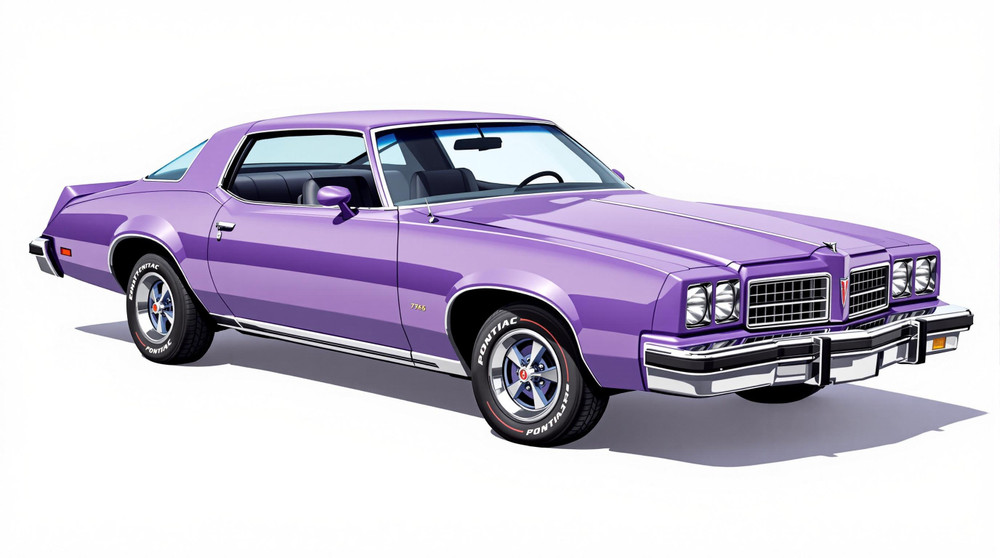Image of 1976 Pontiac Astre, Note: These illustrations use artistic license and may differ from actual historical models.
Performance Metrics
Fundamental Metrics
Emotional Appeal
MMP Rating
| Engine Specifications | |
|---|---|
| Engine Options: | 2.3L L4 OHV |
| Displacement Range: | 140 cu in (2.3 L) |
| Horsepower Range: | 78-110 hp |
| Torque: | 125 lb-ft |
| Compression Ratio: | 8.0:1 |
| Ignition System: | Electronic Ignition |
| Cooling System: | Liquid-cooled |
| Performance Specifications | |
| 0-60 Time: | 14 seconds |
| 1/4 Mile Time: | 19 seconds |
| Top Speed: | 100 mph |
| Transmission and Drive | |
| Drive Type: | RWD (Rear Wheel Drive) |
| Transmission Type: | 3-speed manual, 4-speed manual, 3-speed automatic |
| Fuel and Efficiency | |
| Fuel System Type: | Carburetor |
| MPG: | 20-25 mpg |
| Dimensions and Brakes | |
| Brakes: | Front disc, rear drum |
| Wheelbase: | 97.0 in |
| Weight: | 2,500 lbs |
Note: Specifications for classic cars are given to the best of our ability, considering the limited and variant data available.
1976 Pontiac Astre: A Compact Gem of the '70s
The 1976 Pontiac Astre may not be the first car that comes to mind when you think of classic American automobiles, but it certainly has its place in automotive history. Born from the collaboration between General Motors and its Pontiac division, the Astre was introduced as a response to the fuel crisis and the growing demand for smaller, more efficient cars. This compact vehicle was essentially Pontiac's version of the popular Chevrolet Vega, sharing much of its underpinnings but with distinctive styling cues that set it apart. A unique fact about the Astre is that it was one of the few American-made subcompacts of its time, a segment largely dominated by foreign manufacturers.
Design and Innovation
The exterior of the 1976 Pontiac Astre sported a sleek, angular design with a long hood and short deck proportion typical of the era's aesthetic. The car's design was both functional and stylish, with a grille that hinted at Pontiac's performance lineage. Inside, the Astre offered a straightforward yet comfortable cabin, with an emphasis on practicality. Materials were typical for economy cars of the time—durable but not luxurious. Technologically, it featured innovations such as electronic ignition and extensive use of lightweight materials to improve fuel efficiency. Color options ranged from vibrant hues to more subdued tones, with shades like Firethorn Red and Sterling Silver being popular choices. The hatchback model was particularly iconic, offering versatility that appealed to a wide range of buyers.
Historical Significance
While not groundbreaking in terms of performance or luxury, the 1976 Pontiac Astre was significant for its role in GM's strategy to combat rising competition from abroad. It represented an earnest effort by an American automaker to produce a small car that could meet the changing needs and tastes of consumers during a period of economic uncertainty.
Performance and Handling
Performance-wise, the 1976 Astre featured a modest 2.3-liter four-cylinder engine capable of propelling it to highway speeds adequately if not spiritedly. The top speed and acceleration were in line with other economy cars of the time; however, specifics like 0-60 mph times were less emphasized than fuel economy figures. Handling was generally considered competent for daily driving with a smooth ride quality that absorbed bumps reasonably well. Drivers could expect a utilitarian driving experience focused on efficiency rather than excitement.
Ownership Experience
The Astre was commonly used as a daily driver due to its practicality and fuel efficiency. Maintenance and reliability were comparable to other domestic compact cars of the era, with many parts being interchangeable with the Chevrolet Vega, which made repairs relatively straightforward for owners.
Fun Facts
An interesting tidbit about the 1976 Pontiac Astre is that it shared its nameplate with an unrelated Holden model sold in Australia—showing GM's global reach even in naming conventions. While not known for setting any significant records or being owned by celebrities, it served as a reliable companion for many Americans throughout its production years.
Collector's Information
Today, the 1976 Pontiac Astre has niche appeal among collectors who appreciate its place in American automotive history. With production numbers far lower than those of mainstream classics, surviving examples are somewhat rare but can still be found without too much difficulty. As for value range, well-preserved models might fetch anywhere from $5,000 to $15,000 depending on condition and originality—a figure that reflects both nostalgia and rarity rather than high demand.
Conclusion
The 1976 Pontiac Astre may not have been a superstar in its day, but it encapsulates an era when American automakers were adapting to new challenges and consumer preferences. Its significance lies in what it represented—a shift towards efficiency and practicality—and for some enthusiasts, this alone makes it worthy of remembrance.
1976 Pontiac Astre Catalog of Parts
 1976 Pontiac Astre Shock Absorber Grommet. 1" bottom O.D., 3/4" high-BN 1Shock Absorber Grommet. 1" bottom O.D., 3/4" high., with 7/16" I.D. Each
1976 Pontiac Astre Shock Absorber Grommet. 1" bottom O.D., 3/4" high-BN 1Shock Absorber Grommet. 1" bottom O.D., 3/4" high., with 7/16" I.D. Each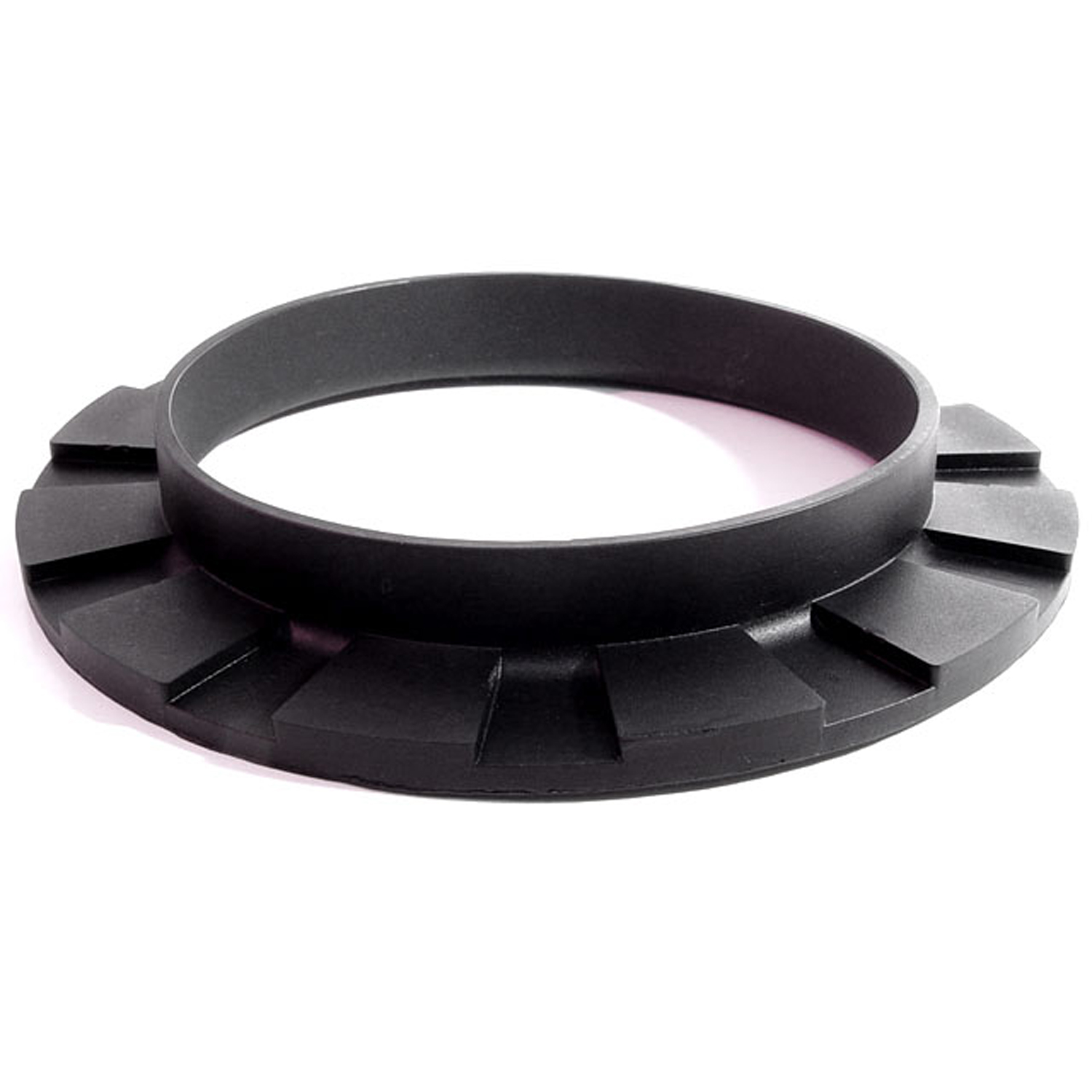 1976 Pontiac Astre Front coil-spring insulator-BN 110Front coil-spring insulator. Fits '41-'60 Oldsmobile and '50-'83 GM passenger models. 5-3/8 in. OD x 3-3/4 in. ID x 3/4 in. high with 13/16 in. wide bottom flange 1/4" thick, 12 flutes. Each.
1976 Pontiac Astre Front coil-spring insulator-BN 110Front coil-spring insulator. Fits '41-'60 Oldsmobile and '50-'83 GM passenger models. 5-3/8 in. OD x 3-3/4 in. ID x 3/4 in. high with 13/16 in. wide bottom flange 1/4" thick, 12 flutes. Each.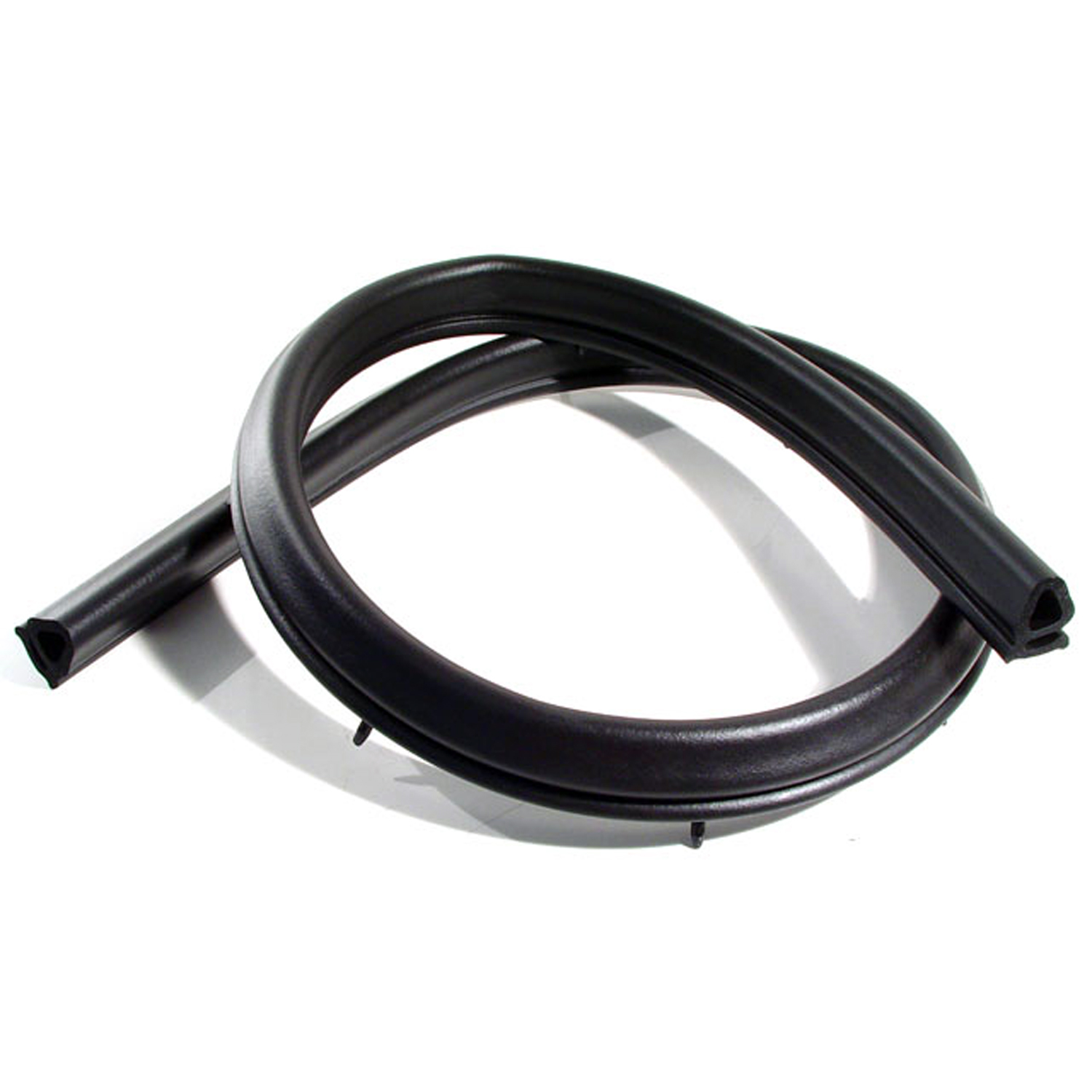 1976 Pontiac Astre Hood to Cowl Seal, 71-80 GM H Body, Each-CS 13-HHood to Cowl Seal, 71-80 GM H Body, Each. Replaces OEM # 9829415. 50" Long. Comes with five mounting clips.
1976 Pontiac Astre Hood to Cowl Seal, 71-80 GM H Body, Each-CS 13-HHood to Cowl Seal, 71-80 GM H Body, Each. Replaces OEM # 9829415. 50" Long. Comes with five mounting clips.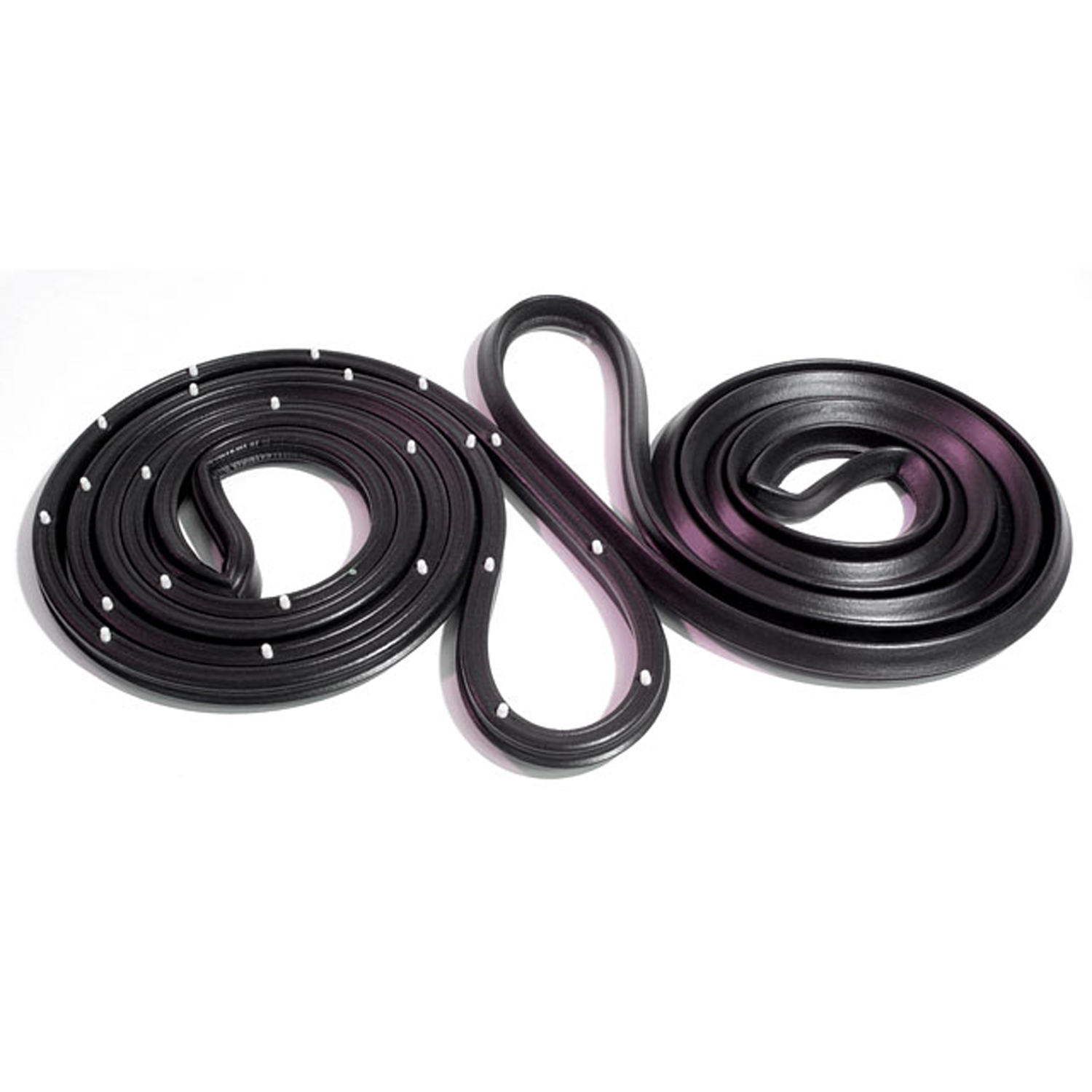 1976 Pontiac Astre Molded Door Seals with Clips-LM 13Molded Door Seals with Clips. For 2-door hatchbacks (does not fit Monza). Replaces OEM #9883773/4. 139-1/2" long. Pair R&L
1976 Pontiac Astre Molded Door Seals with Clips-LM 13Molded Door Seals with Clips. For 2-door hatchbacks (does not fit Monza). Replaces OEM #9883773/4. 139-1/2" long. Pair R&L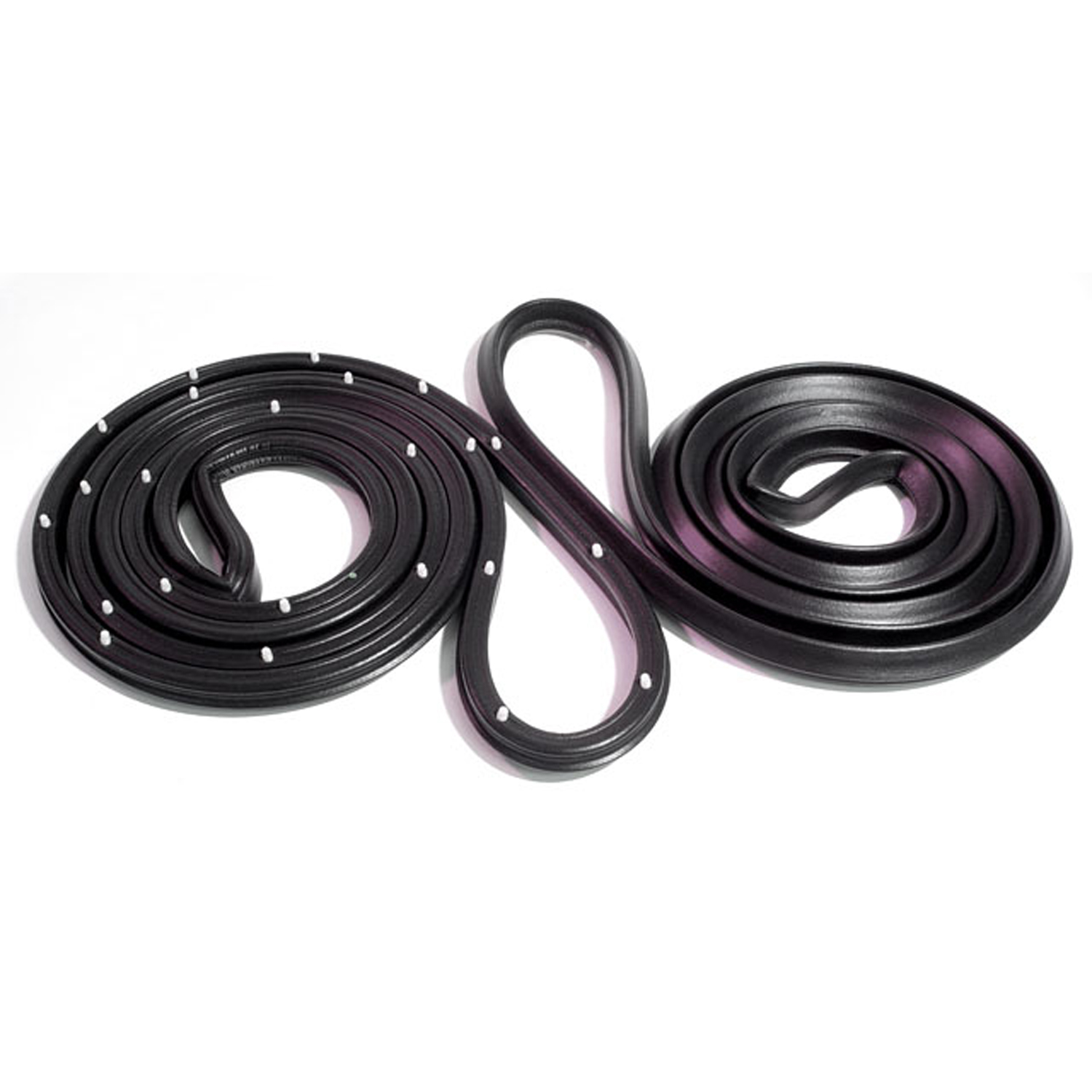 1976 Pontiac Astre Molded Door Seals with Clips-LM 13-AMolded Door Seals with Clips. For 2-door coupe and wagon (does not fit Monza). Replaces OEM #9883771/2. 147-1/2" long. Pair R&L
1976 Pontiac Astre Molded Door Seals with Clips-LM 13-AMolded Door Seals with Clips. For 2-door coupe and wagon (does not fit Monza). Replaces OEM #9883771/2. 147-1/2" long. Pair R&L 1976 Pontiac Astre Trunk Liner. Loose weave, jet black. 50" wide-M 30Trunk Liner. Loose weave, jet black. 50" wide. Sold by the foot
1976 Pontiac Astre Trunk Liner. Loose weave, jet black. 50" wide-M 30Trunk Liner. Loose weave, jet black. 50" wide. Sold by the foot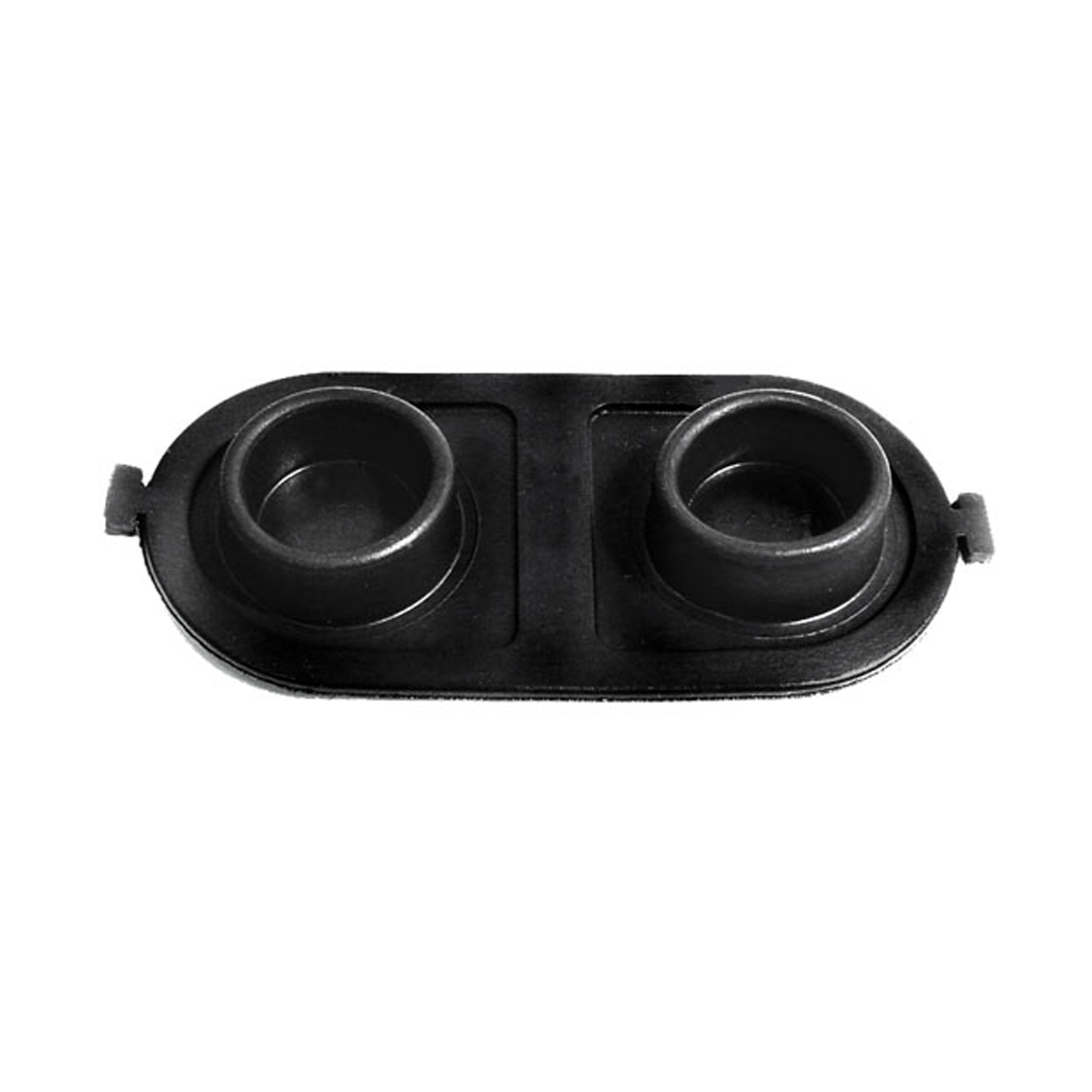 1976 Pontiac Astre Brake Master Cylinder Cover Seal. Replaces OEM #5470861-RP 2-EBrake Master Cylinder Cover Seal. Replaces OEM #5470861. 5" X 2-1/2". Each
1976 Pontiac Astre Brake Master Cylinder Cover Seal. Replaces OEM #5470861-RP 2-EBrake Master Cylinder Cover Seal. Replaces OEM #5470861. 5" X 2-1/2". Each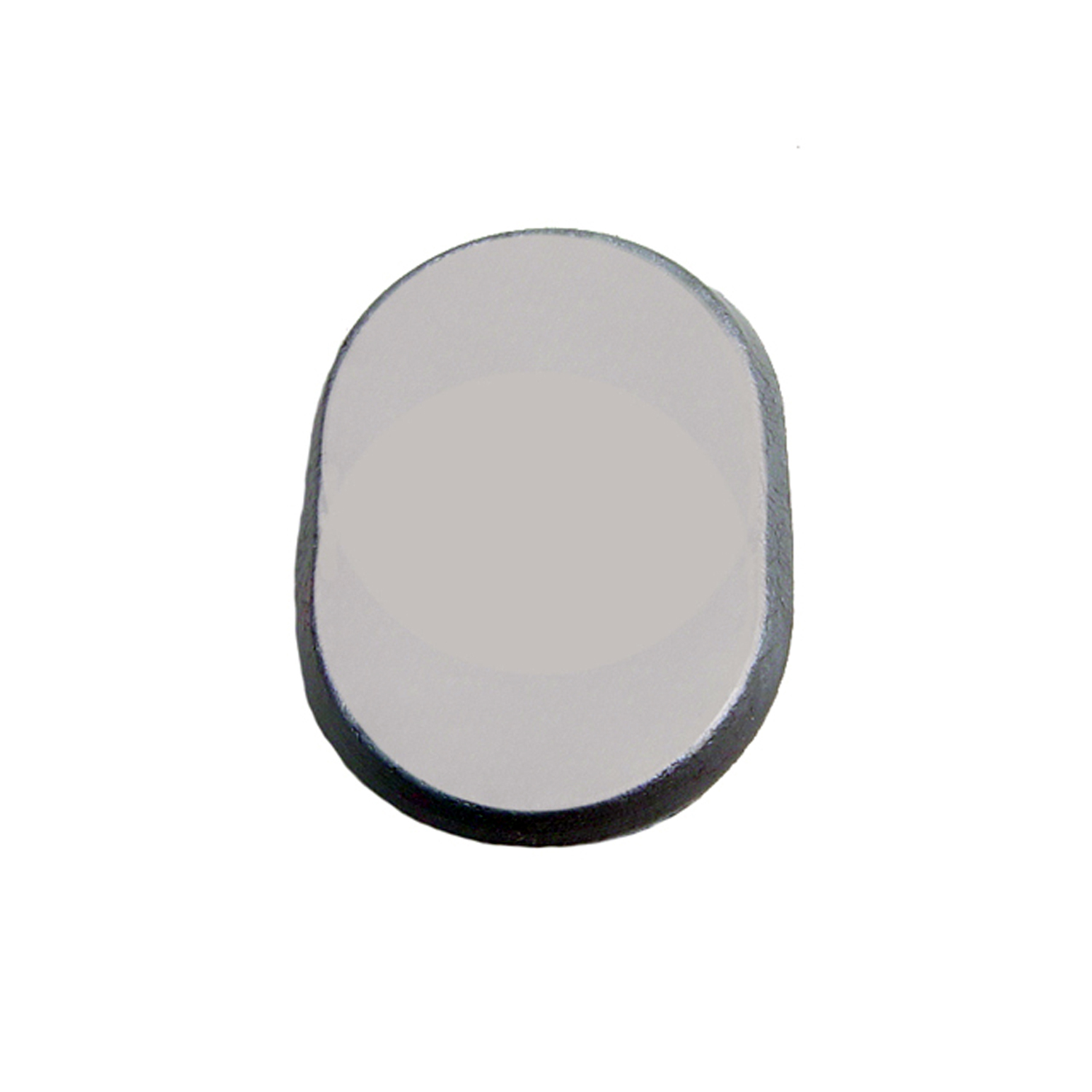 1976 Pontiac Astre Hole Plug for Front Door Inner Panel Access Hole-SM 81Hole Plug for Front Door Inner Panel Access Hole. 1-1/2" X 1". Each
1976 Pontiac Astre Hole Plug for Front Door Inner Panel Access Hole-SM 81Hole Plug for Front Door Inner Panel Access Hole. 1-1/2" X 1". Each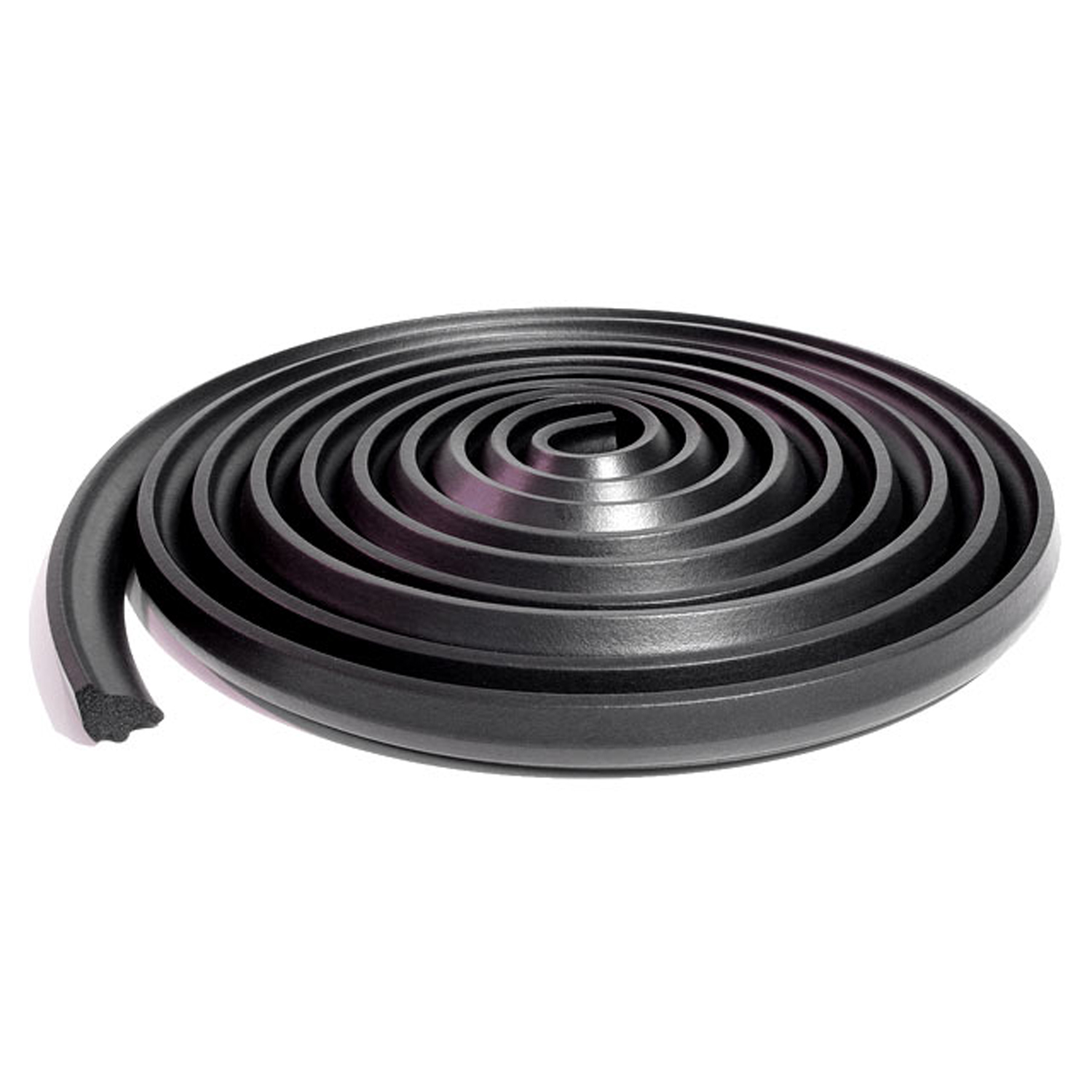 1976 Pontiac Astre Hatchback seal-TK 46-C/18Hatchback seal. Fits '71-'77 Chevy Vega, '75-'76 Chevy Cosworth Vega and '75-'77 Pontiac Astre. 18 ft. long. Each.
1976 Pontiac Astre Hatchback seal-TK 46-C/18Hatchback seal. Fits '71-'77 Chevy Vega, '75-'76 Chevy Cosworth Vega and '75-'77 Pontiac Astre. 18 ft. long. Each.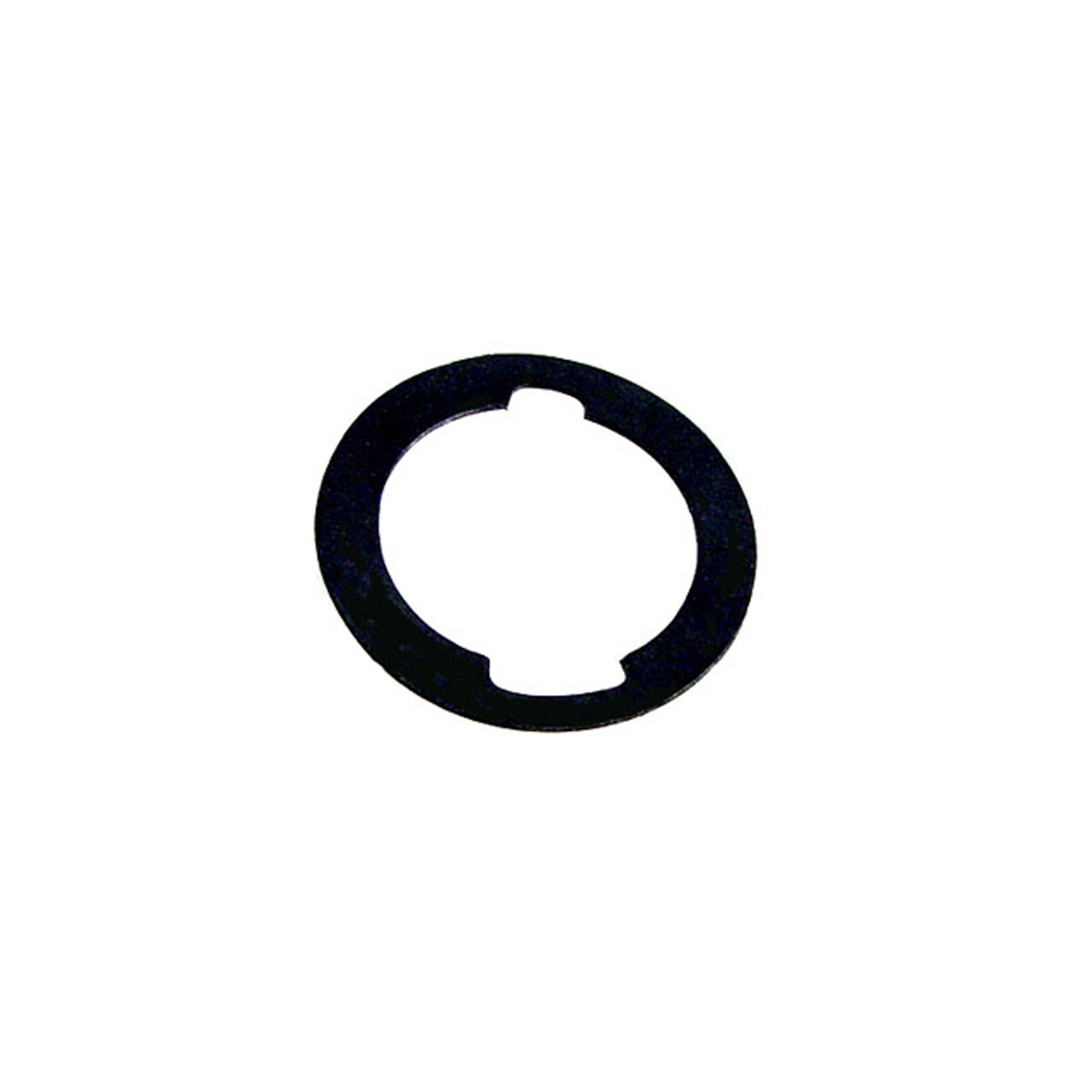 1976 Pontiac Astre Unbeaded Door and Trunk Lock Gasket. 1-3/16" O.D., 7/8" I.D-UM 1600-100Unbeaded Door and Trunk Lock Gasket. 1-3/16" O.D., 7/8" I.D. Each
1976 Pontiac Astre Unbeaded Door and Trunk Lock Gasket. 1-3/16" O.D., 7/8" I.D-UM 1600-100Unbeaded Door and Trunk Lock Gasket. 1-3/16" O.D., 7/8" I.D. Each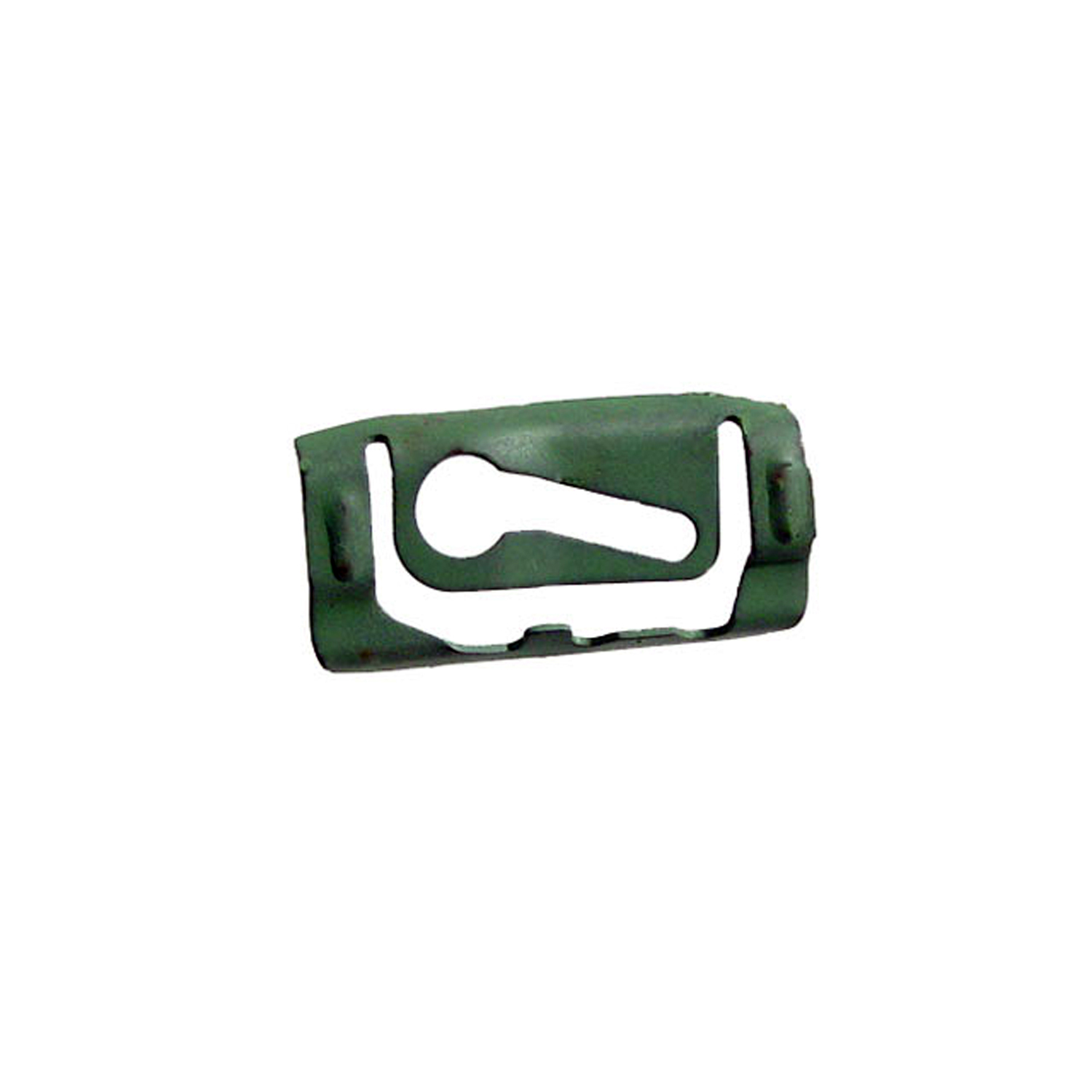 1976 Pontiac Astre Quarter Window Reveal Molding Clip. Made of Steel-WF 205Quarter Window Reveal Molding Clip. Made of Steel. 1-3/8" X 11/16". Each
1976 Pontiac Astre Quarter Window Reveal Molding Clip. Made of Steel-WF 205Quarter Window Reveal Molding Clip. Made of Steel. 1-3/8" X 11/16". Each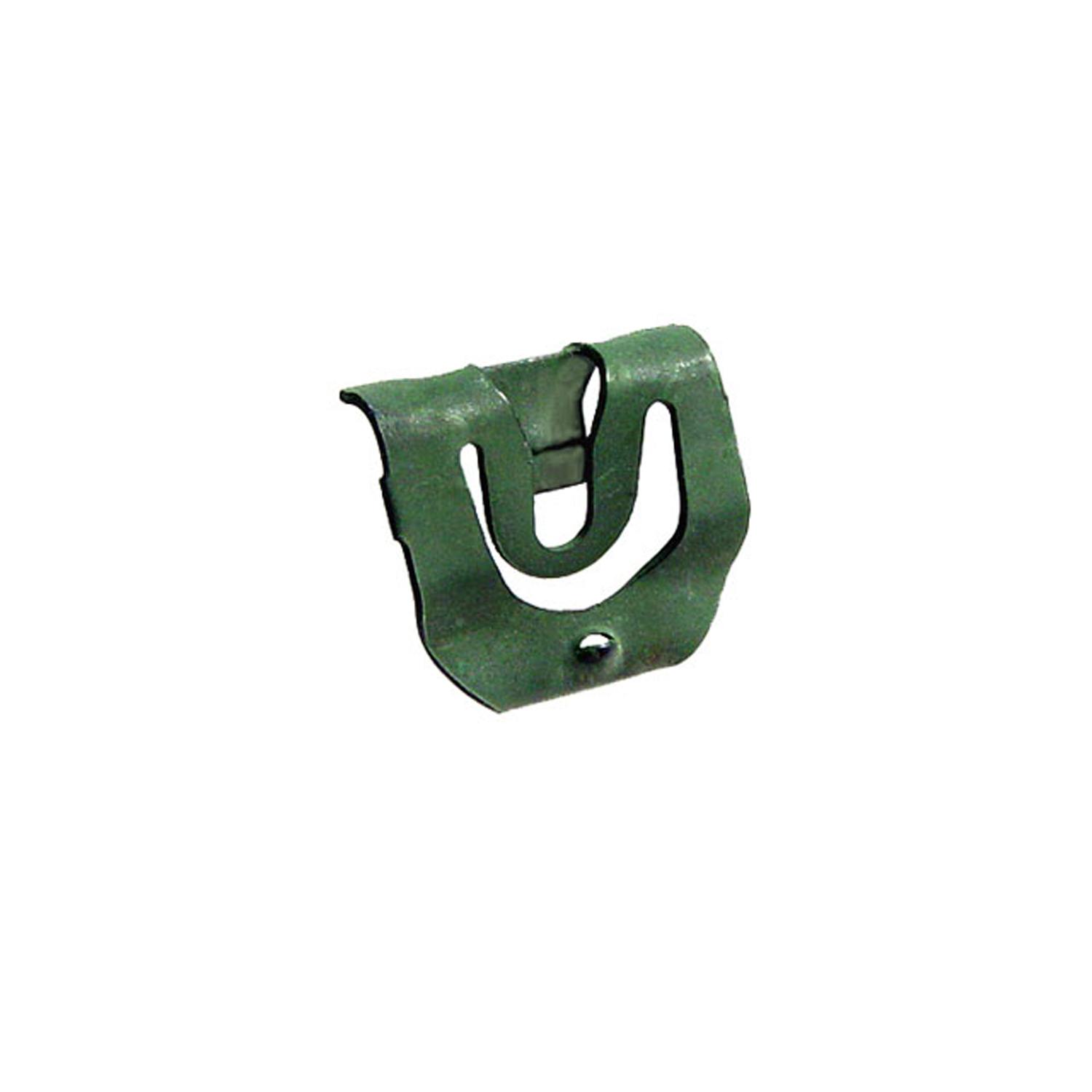 1976 Pontiac Astre Rear Window Reveal Molding Clip. For Station Wagons-WF 208Rear Window Reveal Molding Clip. For Station Wagons. Made of steel. 5/8" x 3/4". Each
1976 Pontiac Astre Rear Window Reveal Molding Clip. For Station Wagons-WF 208Rear Window Reveal Molding Clip. For Station Wagons. Made of steel. 5/8" x 3/4". Each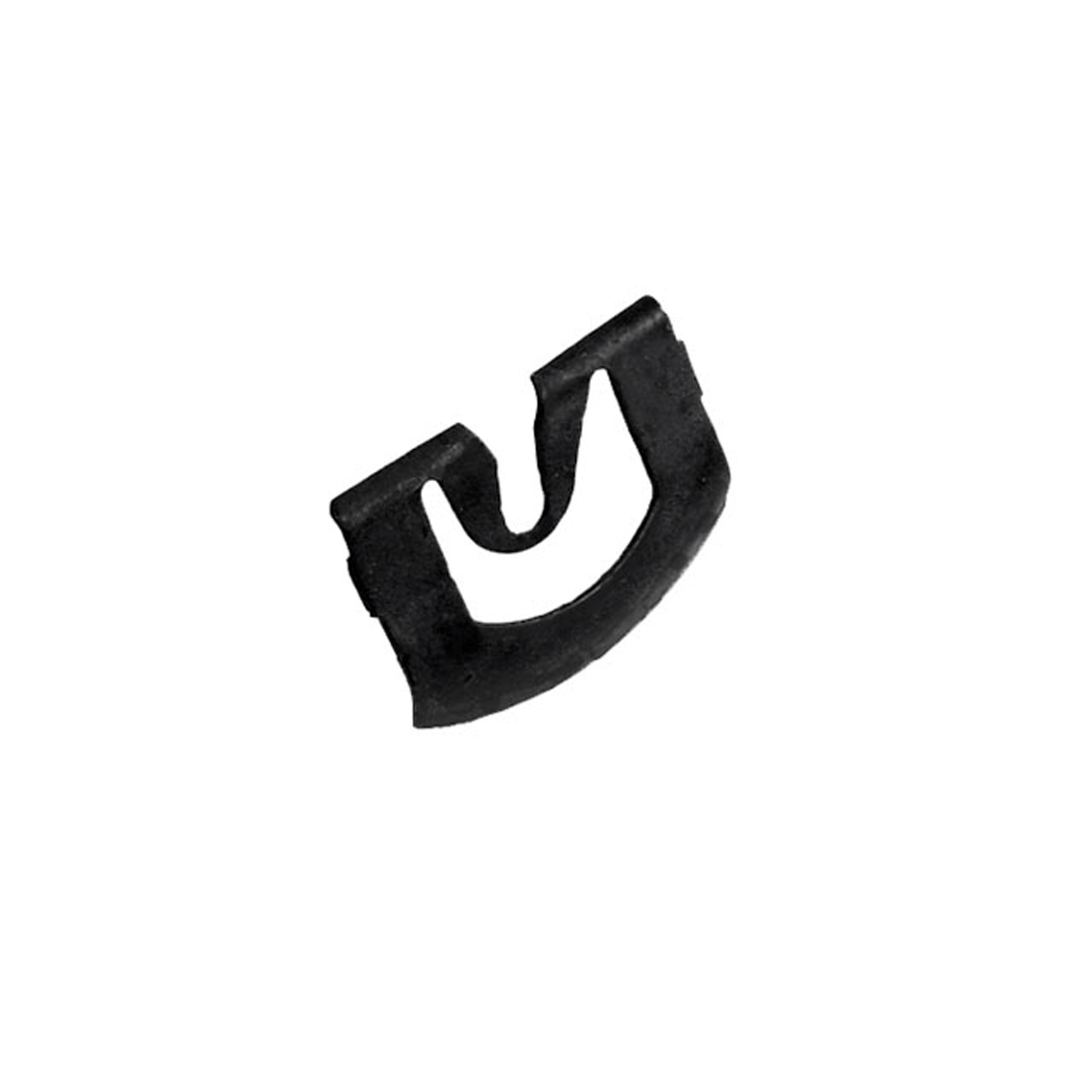 1976 Pontiac Astre Windshield Reveal Molding Clip. Made of steel. 13/16" x 1"-WF 209Windshield Reveal Molding Clip. Made of steel. 13/16" x 1". Each
1976 Pontiac Astre Windshield Reveal Molding Clip. Made of steel. 13/16" x 1"-WF 209Windshield Reveal Molding Clip. Made of steel. 13/16" x 1". Each 1976 Pontiac Astre Rear Windshield Reveal Molding Clip. Made of steel-WF 211Rear Windshield Reveal Molding Clip. Made of steel. 15/16" X 3/4". Each
1976 Pontiac Astre Rear Windshield Reveal Molding Clip. Made of steel-WF 211Rear Windshield Reveal Molding Clip. Made of steel. 15/16" X 3/4". Each 1976 Pontiac Astre Lower Side Window Reveal Molding Clip. Made of nylon-WF 214Lower Side Window Reveal Molding Clip. Made of nylon. 1-1/4" x 3/4". Each
1976 Pontiac Astre Lower Side Window Reveal Molding Clip. Made of nylon-WF 214Lower Side Window Reveal Molding Clip. Made of nylon. 1-1/4" x 3/4". Each 1976 Pontiac Astre Windshield and Rear Windshield Reveal Molding Clip-WF 215Windshield and Rear Windshield Reveal Molding Clip. Made of nylon. 1-1/4" X 5/8". Each
1976 Pontiac Astre Windshield and Rear Windshield Reveal Molding Clip-WF 215Windshield and Rear Windshield Reveal Molding Clip. Made of nylon. 1-1/4" X 5/8". Each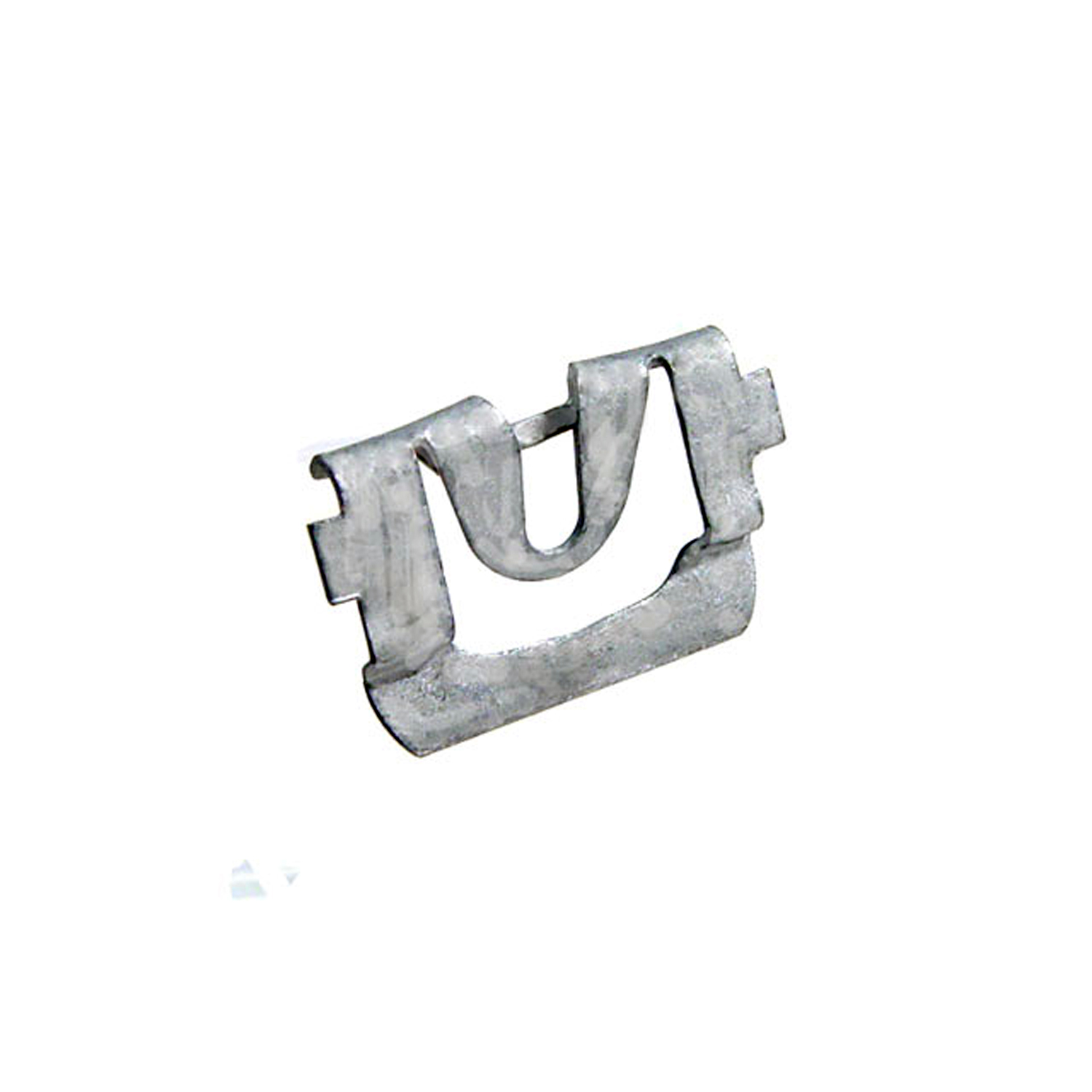 1976 Pontiac Astre Windshield Reveal Molding Clip. Made of steel-WF 223Windshield Reveal Molding Clip. Made of steel. 1/1/8" X 3/4". Each
1976 Pontiac Astre Windshield Reveal Molding Clip. Made of steel-WF 223Windshield Reveal Molding Clip. Made of steel. 1/1/8" X 3/4". EachWhy Choose Metro?
For over 100 years, Metro Moulded Parts has been the pinnacle of quality in classic car restoration parts. Our commitment to precision and authenticity in every component ensures a perfect fit and an OEM-level appearance.
- Expert Craftsmanship & Quality: Each part is a testament to our dedication to reliability and perfection, crafted from original designs and thoroughly tested.
- Advanced Technology: We use cutting-edge techniques to create flawless, long-lasting parts that surpass others in performance.
- SuperSoft Sponge – The Ultimate Door Seal: Not only are our door seals 30% softer than competitors', but they're also guaranteed to never leak. They effectively reduce wind and road noise, enhancing your classic car's comfort and driving experience.
- Proudly American: Our parts are a product of American craftsmanship, made in the USA with a spirit of excellence and heritage.
- Unrivaled Warranty: We back our products with a 30-year industry-leading warranty, a testament to our confidence in their quality.
Join us in preserving the legacy of classic cars with parts that are crafted for perfection, not just made.

